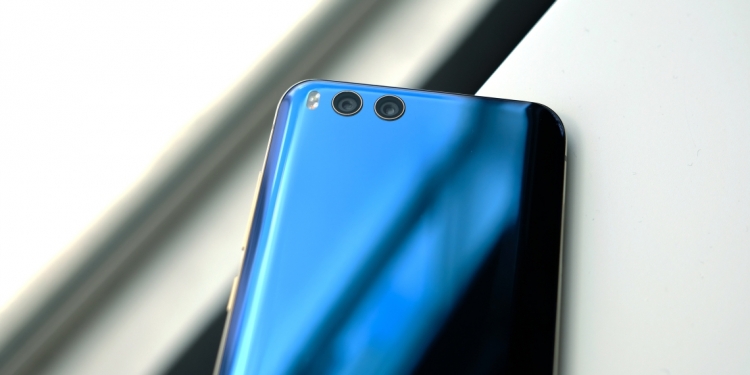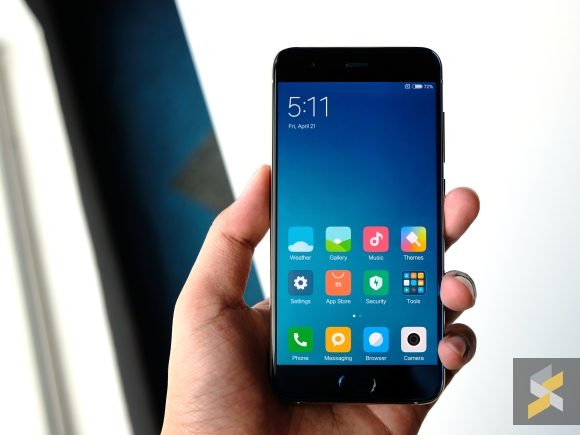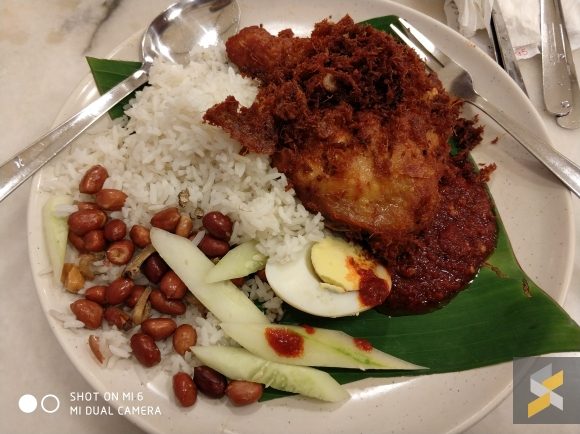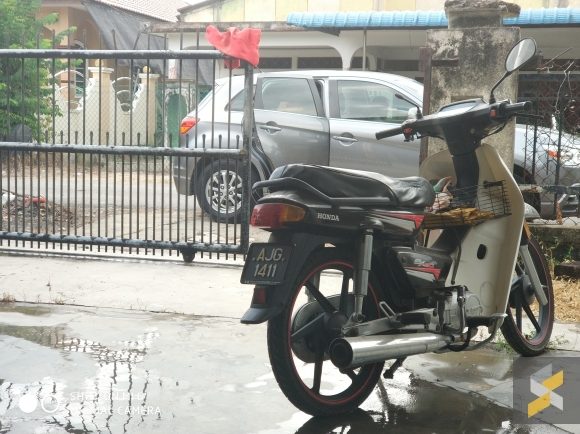It’s no secret that I wasn’t a big fan of last year’s Xiaomi Mi 5. I didn’t like how it performed, I didn’t like its camera and for the most part, I was quite annoyed that we got what felt like scraps instead of the proper flagship we hyped it up to be.
This year, as Malaysia finally gets its turn at the Xiaomi flagship Mi 6, it’s time to find out if they’ve learned their lessons.
To give you the short answer, it’s a bit of a yes and no. I’ll say that the Mi 6 we’re getting isn’t nearly as sluggish as the Mi 5 we got, it’s also better built and what I’d call a slightly-more-than-incremental update to its predecessor.
If that’s all you’re interested in finding out, you can stop reading here, switch tabs to Xiaomi’s online store and click purchase.
If you want to learn more, then, read on for more details on why I added the word “almost” to the title of this review.
The Good+ Great build |
The Bad– No IP67/IP68 water resistance |
[nextpage title=”Almost, but not quite”]
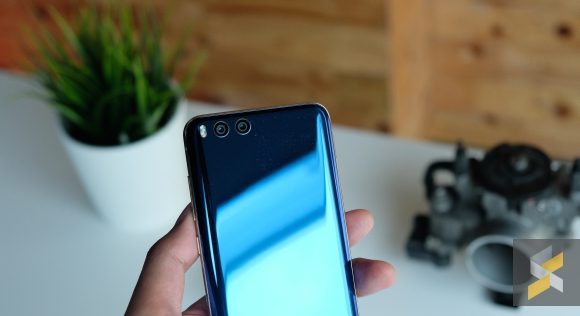
Wow, was it a big difference between the Xiaomi Mi 6 and the Xiaomi Mi 5 when I picked the handset up. It was as if Xiaomi wanted to tell me right from the start that their new flagship was packing a whole lot more punch than its predecessor. And a lot of what gives its first impression so much weight is….well, its weight.
The Mi 6 is an unreasonably heavy smartphone for its size. 168g, to be precise, which is almost 40g more than the Mi 5.
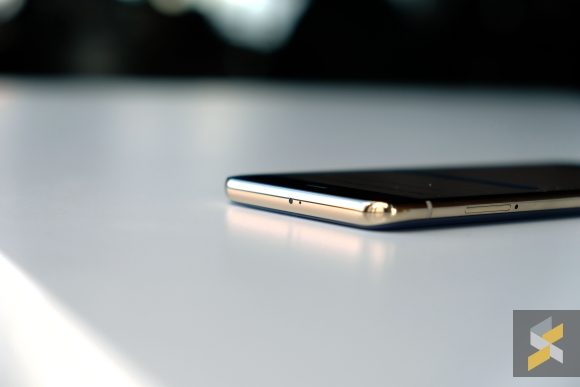
Why? Well, that’s because the company thought it would be a good idea to use heavy stainless steel instead of the much lighter 7000 series aluminium. Apparently, it’s supposed to make the phone more resistant to wear and tear. While I can’t confirm that for a fact (because I don’t want to intentionally drop it), but it does make the phone feel more robust than it probably is with all that glass.
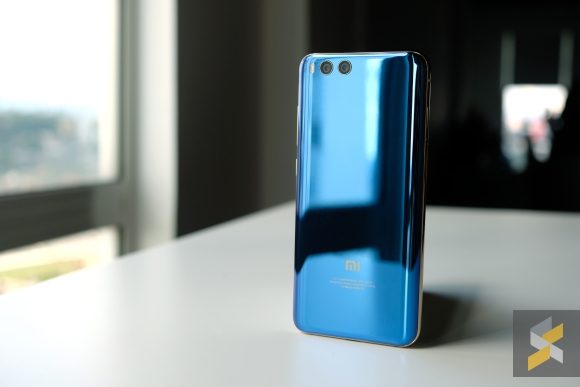
I will commend Xiaomi on the work they’ve done with the build for this smartphone. Although the Mi 5 was a big leap forward for the company, the Mi 6 takes that much further. Seams are almost non-existent — almost — and the whole phone feels like a more cohesive unit than it ever has in the past. Yeah, it doesn’t have a futuristic sexy design (ala S8) but it’s also almost half the price so I’m more willing to forgive that.
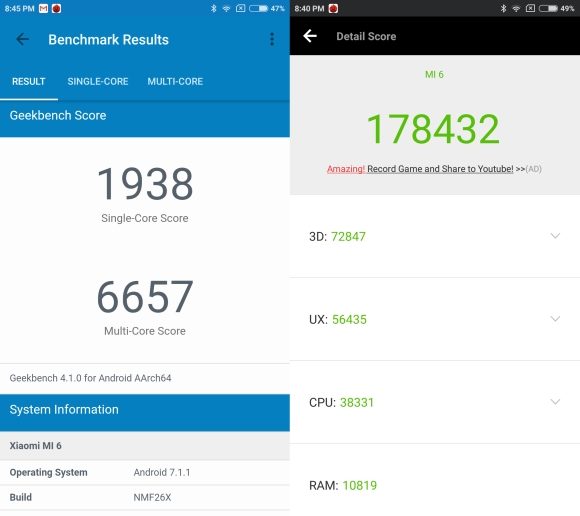
This year’s Mi 6 also gets one thing absolutely right — there’s no bullshit underclocked CPU. The unit we’re getting in Malaysia comes with a properly clocked 2.45GHz Snapdragon 835 chip and 6GB of RAM. That means, in typical SD835 fashion, it flies through tasks with pretty much no problem whatsoever. There’s also 64GB of non-expandable internal storage so you likely won’t run out until the next time you have to change a new phone — I mean unless you shoot a lot of 4K videos and keep all your footage.
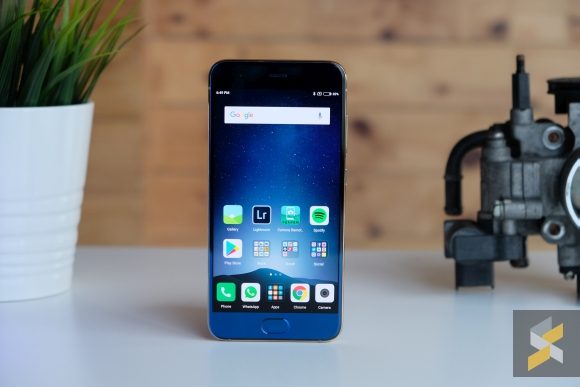
Another thing I like about the Mi 6 is its IPS display. Yes, I know, it’s still Full HD and there will probably be a lot of spec-sheet warriors that will get their panties in a bunch about that, but the fact is, it’s a good display. At 5.15 inches, screen elements are crisp and sharp, viewing angles are great and the best part is how dim it can get. I’m someone who likes using my phone in the dark (not recommended, do as I say, not as I do) so the fact that the Mi 6’s display can go down to just 1 nit of brightness makes it amazing for viewing in the dark. In fact, sometimes I feel like the screen is almost too dark even when it’s in a dark room. Big fan of this because in a world where everyone is trying to make their display brighter, I’m glad someone still remembers that going dim is just as important.
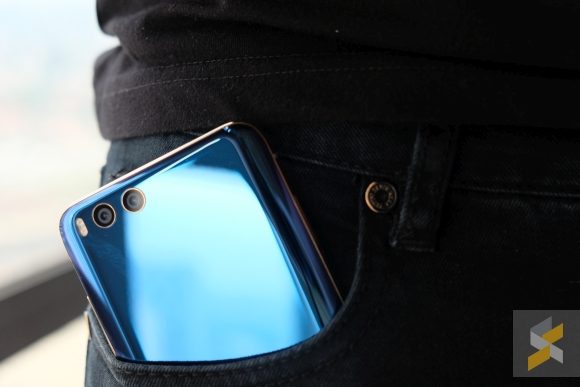
That said, the biggest problem I have with using this smartphone as my daily driver has not changed. Yep, you guessed it, it’s MIUI. I’m a near-stock Android kind of guy so there’s a lot that I don’t like about MIUI. I still don’t like the lack of an app drawer (my solution is to create a folder, dump all the apps I don’t have on my main screen into a folder named Apps and stick it where the app drawer icon usually is), I don’t like the way it looks, and I also don’t like that there isn’t an easy way to change the icon grid.
However, I know that MIUI has a lot of fans so I won’t dwell on this too much. If I had to use this as a daily driver, I’d download this instead.
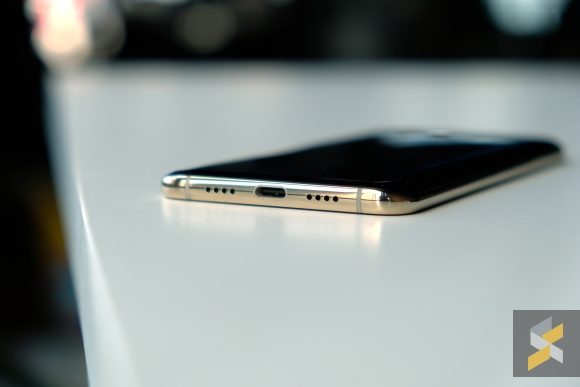
Besides the Android skin, there are only really a handful of things I’d list as a con for the Mi 6. At the top of that list would be the lack of IP68/IP67 water resistance — but hey, the OnePlus 5 doesn’t have that and I still love that phone to bits. Its sub-par speakers are another (it’s using earpiece + loudspeaker stereo, but still very soft), but many flagships suffer this fate too. I also think the phone could be less heavy and slippery but the latter problem can be easily solved with a case.
Perhaps the most inconvenient feature, or should I say lack thereof, is the missing headphone jack. Come on, Xiaomi, did you really have to do this? Sure, they included an adapter with the phone, but it isn’t the high-tech kind of dongle+DAC one that HTC included with the U11. On the bright side, Xiaomi does have a pair of USB Type-C headphones with active noise cancellation, but you can’t buy it officially here in Malaysia.
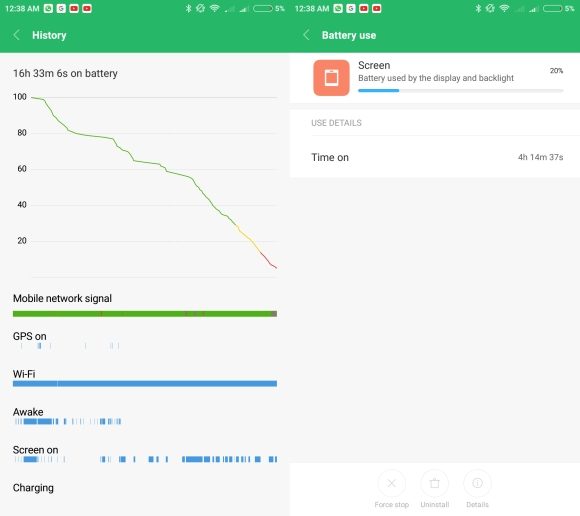
Battery performance is also a bit of an issue on the Mi 6 not because it can’t usually last me a full day, but because I thought it would do much better. On average, I’m getting 4 hours of screen-on-time (SOT) for a full day with moderate usage. Heavier use brings it to 3 and a half to 3 and a quarter hours of SOT. This is decidedly average and about the same as what I got with the HTC U11. The thing is, the U11 has a much smaller 3,000 mAh battery. Xiaomi’s flagship has 3,350 mAh with a lower resolution display, so why isn’t it better? At least charging speeds are pretty good as I was able to top up the battery from 5% in just one and a half hours while thirty minutes gave me 56%.
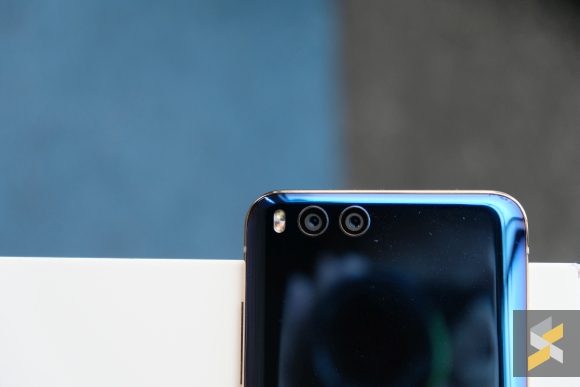
Problems aside, we’re now facing some of the things that live in that grey area between the pros and cons, and we’ll start with the Mi 6’s camera. On the back of the Mi 6, you’ll find not one, but two 12-megapixel snappers because one camera is so 2016 obviously.
Of the three main dual-camera setups, Xiaomi went for the telephoto option. That means one 12MP sensor has an f/1.8 aperture wide-angle lens with OIS while the second has an f/2.6 aperture short telephoto lens. It also works a lot like the other versions we’ve already seen on the iPhone 7 Plus and the OnePlus 5 so there isn’t much change here. If I had to summarise the Mi 6’s camera performance, I’d say that it’s pretty decent but not the best.
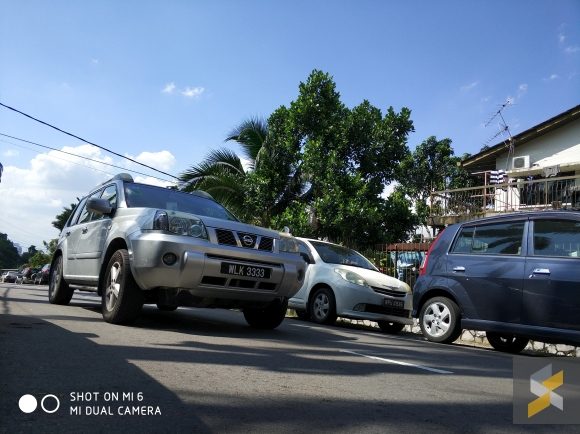
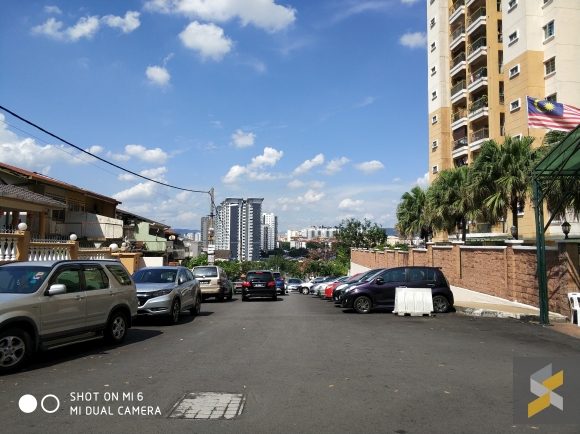
In low light, things look quite grim. Photos are kinda noisy and HDR in low light still requires that you hold still for longer than you should on a modern smartphone.
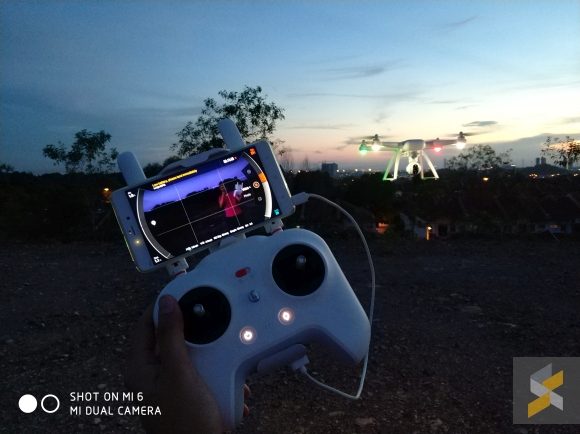

In well-lit situations, however, things are a lot better. Post-processing is still quite aggressive, but if you don’t zoom in the phone is capable of decent images.

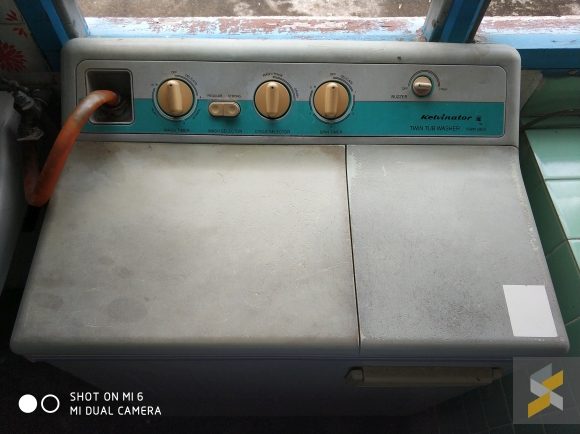
With the dual-camera setup, it also gives the Mi 6 the ability to shoot bokeh-fied “Portrait Mode” photos where the background is blurred. The caveat here is that you need it to be in good lighting otherwise it won’t trigger.

From what I can tell, the portrait mode here is pretty similar to the iPhone 7 Plus and OnePlus 5 so it also gives the phone’s camera the same kind of appeal where it makes photography more fun but isn’t like a super game-changing feature.
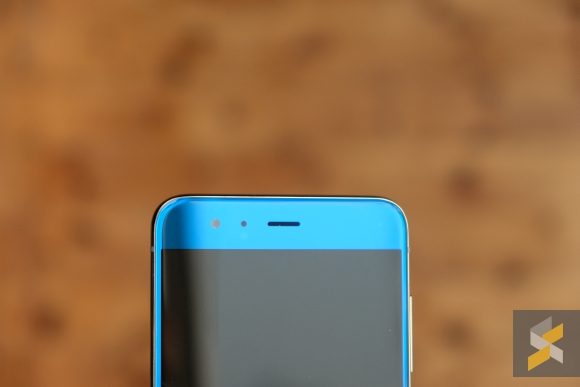
But the thing is, I can’t really penalise the Mi 6 too much for the flaws I found with it simply because it is such an affordable flagship. Coming in at just RM1,899, this phone is definitely more smartphone than almost any other phone at this price point. And unlike the Mi 5 we got last year, this one gets the fundamentals mostly right so it’s a satisfying smartphone experience. Did I mention the Mi 6’s fingerprint scanner is also super fast and accurate? Well, it is and I love that it’s not a physical button anymore.
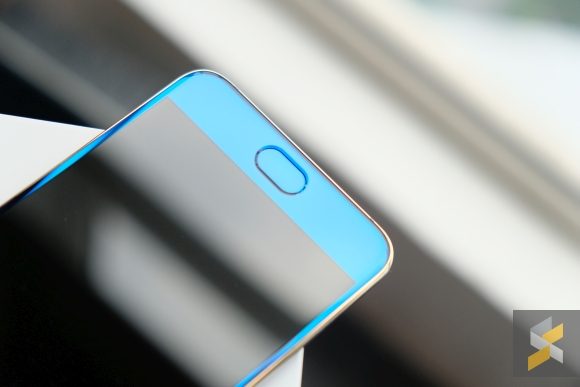
Looking at the other phones at this price point, there really isn’t much that can match it. It’s mostly filled with mid-rangers like the OPPO R9s (RM1,798), Huawei nova 2 Plus (RM1,999) and vivo V5 Plus (RM1,799) who can’t hold a candle to the Mi 6 when it comes to performance. The closest competitors are the OnePlus 3T (which you can get for RM1,859), LG V20 (RM1,999) and honor 8 Pro (RM1,999), all of which sport last year’s hardware. Yes, the honor 8 Pro and LG V20 do have a higher resolution 2K screens but the Mi 6’s display is plenty crisp.
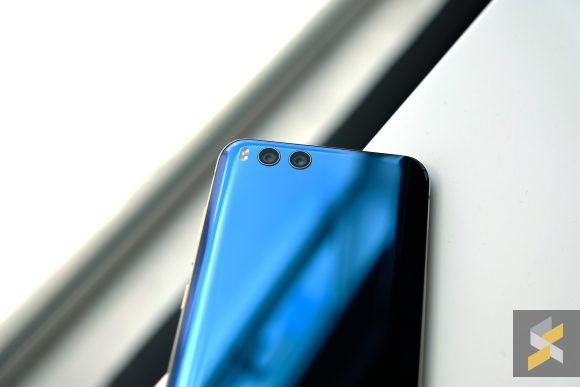
Which I guess brings us to the final conclusion. Xiaomi’s put out a really good package with their new flagship for the Malaysian market that’s coming at a price its competitors can’t match. But even Xiaomi aren’t magicians so you will have to forgo stuff like IP68 water resistance and some of the other annoyances mentioned earlier if you want to get a flagship at this price point.
If they did manage to plug all those missing features without it affecting the price too much then the Mi 6 would hands-down be the most no-brainer flagship purchase ever because even now, with its flaws, the Mi 6 is still a killer combination of specs per Ringgit.
[nextpage title=”Gallery”]
Here are more photos captured with the Mi 6’s cameras. Click on each image to view its full resolution.
Well-lit conditions:
Poorly-lit conditions:
Zooming:
No zoom:
Zoom:
No Zoom:
Zoom:
No Zoom:
Zoom:
Portrait Mode:
Bonus selfie

